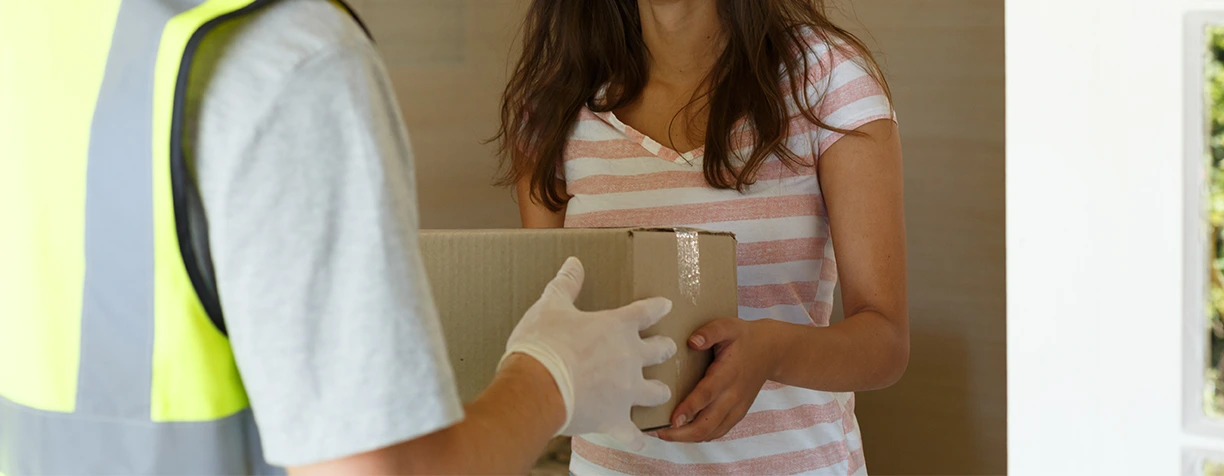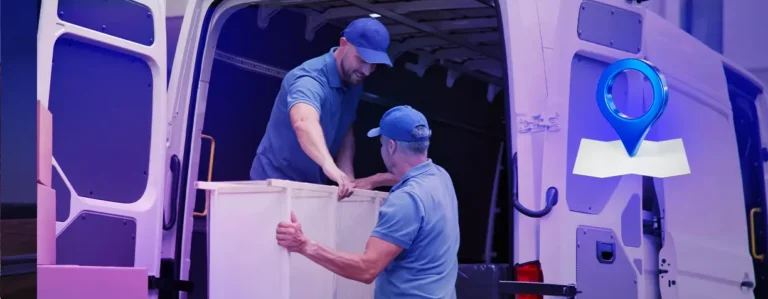When it comes to getting products into the hands of customers, two common terms often come up: White Glove Delivery vs. Last-Mile Delivery. While they might seem similar, they serve different purposes in the logistics chain. Understanding the nuances between these two delivery services can help businesses choose the right option for their needs, whether it’s delivering a delicate piece of furniture or ensuring timely delivery of everyday items. The choice between White Glove Delivery vs. Last-Mile Delivery can greatly affect how customers perceive their service.
Table of Contents
The Difference Between White Glove Delivery and Last-Mile Delivery
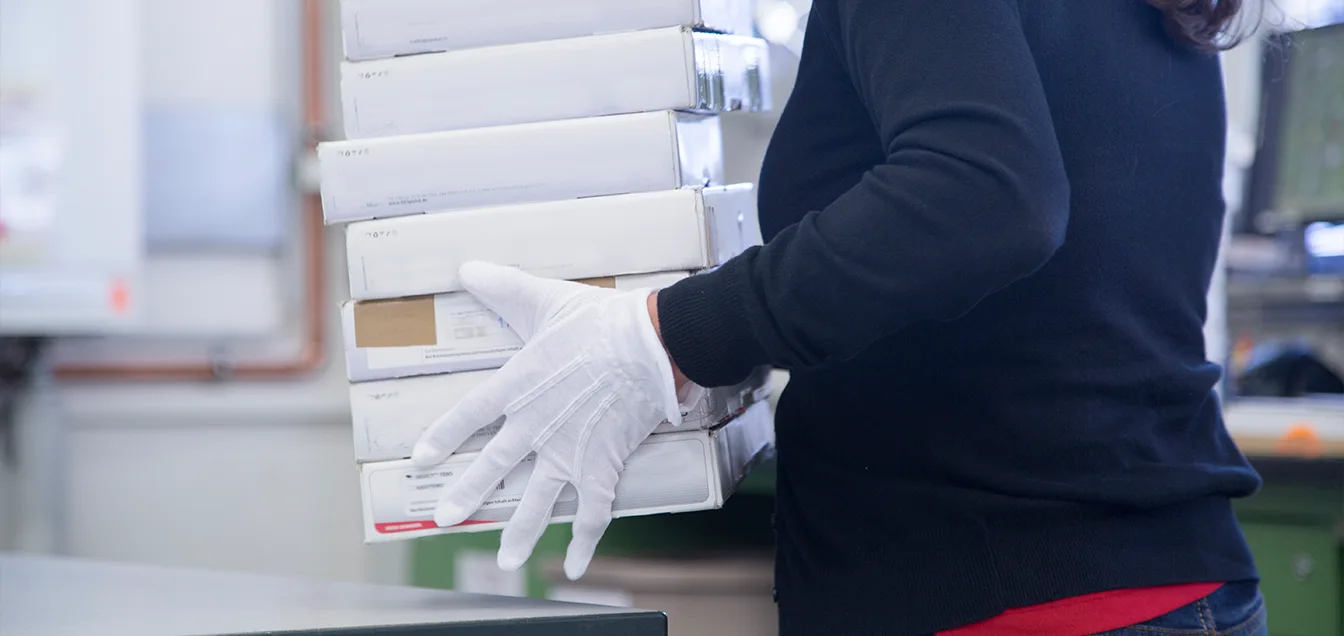
Last-Mile Delivery refers to the final step of the delivery process, where goods are transported from a distribution center to the customer’s doorstep. This service focuses on speed, efficiency, and often, cost-effectiveness. The goal is to complete the delivery as quickly as possible, ensuring that the customer receives their order on time. In the debate of White Glove Delivery vs. Last-Mile Delivery, it’s crucial to understand what each service offers.
On the other hand, White Glove Delivery is all about providing an elevated level of service. This delivery option is typically used for high-value, fragile, or bulky items, such as luxury furniture or high-end electronics. White Glove Delivery includes additional services such as unpacking, assembling, and placing the item in the customer’s home, often followed by removing any packaging debris. The difference between White Glove Delivery vs. Last-Mile Delivery lies in the attention to detail and the customer experience provided.
Last Mile Delivery vs. White Glove Delivery: Which Is Right for Your Business?
Choosing between Last Mile Delivery vs. White Glove Delivery depends on the nature of your products and your customers’ expectations. For businesses dealing in fast-moving consumer goods (FMCG) or items that do not require special handling, Last-Mile Delivery is typically sufficient. This service ensures that packages arrive at their destination swiftly and at a lower cost.
However, for businesses that sell premium products, such as home furnishings or high-end appliances, White Glove Delivery is often the preferred option. For example, a furniture delivery service would benefit greatly from offering White Glove Delivery, as it not only ensures the safe transport of goods but also enhances the overall customer experience by handling assembly and setup. This makes the choice between Last Mile Delivery vs. White Glove Delivery clear when customer satisfaction is a priority.
What is the Difference Between Final Mile and White Glove Delivery?
Some logistics professionals use the term “Final Mile” interchangeably with “Last-Mile Delivery,” but there is a subtle difference. Final Mile Delivery refers to the very last part of the delivery process, which could involve anything from delivering a package to a front door to setting up a large item inside the customer’s home. The term can encompass services provided by both Last-Mile Delivery and White Glove Delivery, depending on the context.
White Glove Delivery is a type of Final Mile service but goes beyond simple delivery. It includes premium services that make the difference between a basic delivery and a comprehensive, customer-focused service. The distinction between Final Mile and White Glove Delivery lies in the added level of care and service that White Glove offers, making it ideal for delicate or high-value items. Understanding this difference is key when evaluating White Glove Delivery vs. Last-Mile Delivery.
What is Last Mile Delivery?
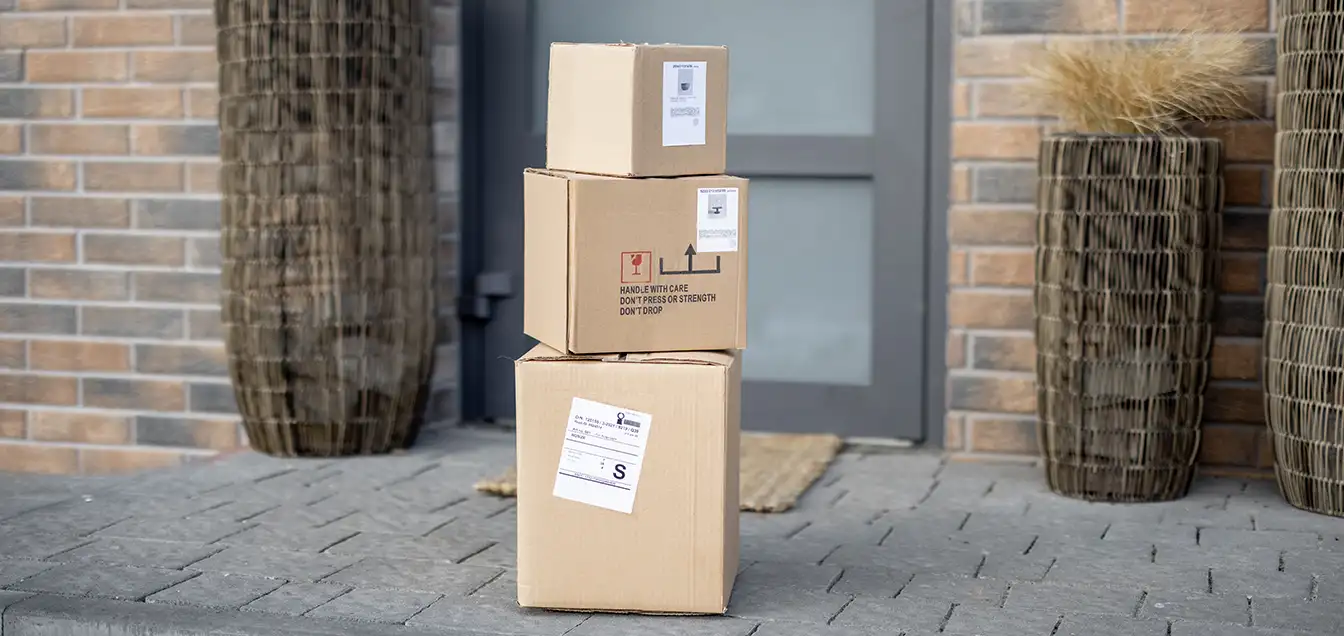
What is Last Mile Delivery, and why is it so important? Last-Mile Delivery is the critical final step in the delivery process, bridging the gap between the distribution center and the end consumer. This stage is often the most expensive and challenging part of the logistics chain, accounting for a significant portion of delivery costs. With the rise of e-commerce, efficient Last-Mile Delivery has become crucial for businesses to meet customer expectations for fast, reliable service. In contrast to White Glove Delivery vs. Last-Mile Delivery, the latter is often about speed.
For example, a company delivering household items like groceries or electronics will rely on Last-Mile Delivery to ensure these items reach customers quickly and in good condition. The speed and efficiency of this service can significantly impact customer satisfaction and brand loyalty.
Last Mile Delivery vs. White Glove Delivery: A Case Study
To better understand the practical applications of Last Mile Delivery vs. White Glove Delivery, consider a case study of a leading 3PL Logistics in Canada. This company provides logistics solutions to various businesses, from e-commerce to retail. One of their clients is a luxury furniture retailer that ships delicate and high-value items across the country.
Initially, the retailer used Last-Mile Delivery services, which worked well for smaller, less fragile items. However, they faced challenges with larger, more delicate pieces that often arrived damaged, leading to costly returns and dissatisfied customers. After switching to White Glove Delivery, the retailer noticed a significant improvement. The service included careful handling, in-home setup, and packaging removal, resulting in fewer damages and a higher customer satisfaction rate.
This case study illustrates how choosing the right delivery service—whether Last-Mile Delivery or White Glove Delivery—can significantly impact a business’s success, particularly in industries where product condition and customer experience are paramount. This example clearly shows the benefits of White Glove Delivery vs. Last-Mile Delivery.
What is White Glove Delivery?
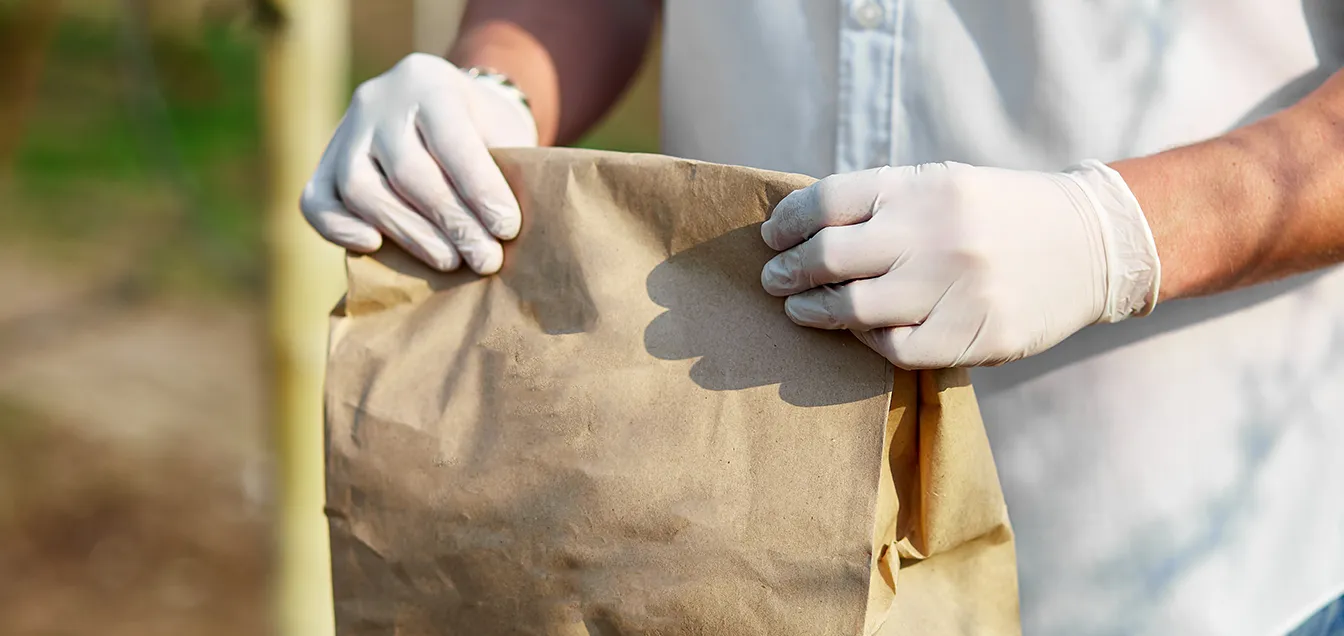
What is White Glove Delivery, and why is it increasingly popular? White Glove Delivery is a specialized service designed for handling high-value, bulky, or fragile items with the utmost care. Unlike standard delivery services, White Glove Delivery offers a complete, end-to-end service that includes inside delivery, setup, assembly, and even cleanup of packaging materials.
For example, if you purchase a luxury sofa, a White Glove Delivery team will not only transport it to your home but will also carry it inside, assemble it, place it where you want it in your home, and take away all the packaging. This service is ideal for customers who value convenience and want to ensure their purchases are handled with the highest level of care. This service is often the deciding factor when comparing White Glove Delivery vs. Last-Mile Delivery.
Conclusion: Understanding the Difference
In conclusion, when considering White Glove Delivery vs. Last-Mile Delivery, it’s essential to understand the specific needs of your business and your customers. While Last-Mile Delivery is focused on speed and efficiency, White Glove Delivery emphasizes quality service and customer experience. Businesses dealing with high-value or fragile items should seriously consider White Glove Delivery to enhance customer satisfaction and reduce the risk of damage. Meanwhile, Last-Mile Delivery remains a reliable and cost-effective option for standard deliveries.
Whether you choose Last Mile Delivery vs. White Glove Delivery depends on the nature of your products and your commitment to customer service. By understanding the differences, you can make an informed decision that best suits your business needs and delights your customers.

